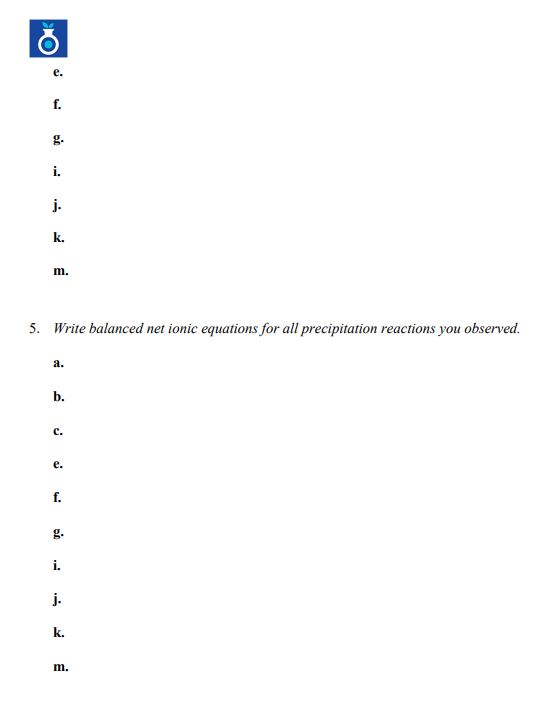

The cookie is set by GDPR cookie consent to record the user consent for the cookies in the category "Functional". The cookie is used to store the user consent for the cookies in the category "Analytics". This cookie is set by GDPR Cookie Consent plugin. These cookies ensure basic functionalities and security features of the website, anonymously. Necessary cookies are absolutely essential for the website to function properly. The most predominant used solvents are ethanol, methanol and acetone. Also, check the pH of the solution and the concentration of the protein. To preserve their biological functions, it is important to run the experiments at low temperature. Adding alcohol to the solution reduces the hydration of the protein, by removing water and surrounding proteins which leads to aggregation and precipitation. Salting precipitation is not harmful for proteins so after the experiment, they can be re-dissolved and keep their biological functions. This method is widely used for initial fractioning of different proteins, based on their solubility. Some examples are zinc sulphate and ammonium sulphate. It is important to know that after this process, the protein remain nonfunctional.Īdding the salt ions into the solution cause the restriction of the available water molecules for the proteins, which leads to destruction of the hydrogen bonds. The interaction between proteins is stronger than between the protein and the available water molecules which causes the protein aggregation and precipitation. Most popular acid used in this method is TCA (Trichloroacetic Acid), because it is highly reactive and can be used in small amounts. In an aqueous solution the hydration sphere surrounding a protein is disrupted occurred imbalance in structure leads to precipitation. Adding acids to the solution, lowers the pH and leads to positively charging the protein, due to the proton capture by amino groups. Every protein has a defined isoelectronic point or pI value, little changes in a medium pH have an impact on the protein structure. This method relies on the changes of a solution pH. This is translated into solubility in aqueous solutions.

Basically, it is the surrounding water that is formed around proteins, also referred to as “protein hydration”, which allows homogeneous dispersion in solution and interactions by hydrogen bonds. We will first describe what the hydration shell of a protein is, because it plays a very important role in protein folding and function and is the target of all protein precipitation methods.

The main purpose of protein precipitation is to separate the protein from the solution either to eliminate interferences or to purify them.ĭepending on the solubility and molecular structure of the protein, the efficacy of various precipitation methods can be different.


 0 kommentar(er)
0 kommentar(er)
